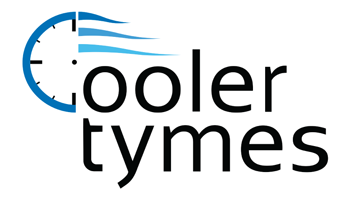
As the weather is cooling off, you may be thinking about how you’ll make the most of your heating and cooling. After all, HVAC costs frequently contribute a significant portion of your monthly electric bill. To learn new ways to lower their HVAC bill, some owners look closer at their thermostat. Maybe there’s a setting they can use to improve efficiency?
The majority of thermostats come with a ‘Fan’ or ‘Fan On’ setting. But if the fan is going during a regular cycle, what can the fan setting offer for the HVAC system? This guide can help. We’ll review precisely what the fan setting is and when you can use it to reduce costs in the summer or winter.
Should I Use My Thermostat's Fan Setting?
For the bulk of thermostats, the fan setting indicates that the HVAC blower fan stays on. Certain furnaces can operate at a low level with this setting, but in general heating or cooling isn’t being made. The ‘Auto’ setting, conversely, will turn on the fan during a heating or cooling cycle and turn it off after the cycle is finished.
There are benefits and drawbacks to trying the fan setting on your thermostat, and the ideal option {will|can|should]] depend on your unique comfort requirements.
Advantages to trying the Fan/On setting:
- You can keep the temperature in each room more consistent by allowing the fan to keep generating airflow.
- Indoor air quality should improve because continuous airflow will keep passing airborne particles through the air filter.
- A smaller number of start-stop cycles for the HVAC fan helps lengthen its life span. Because the air handler is usually a component of the furnace, this means you can minimize the risk of needing furnace repair.
Downsides to using the Fan/On setting:
- A constant fan can increase your energy costs slightly.
- Nonstop airflow could clog your air filter up more quickly, increasing the frequency you’ll need to replace it.
{Choosing Between|Should My Thermostat Be on|Which Setting for My Thermostat? Fan or Auto in Summer/Winter
During the summer, warm air will sometimes linger in unfinished spaces such as the attic or an attached garage. If you leave the fan on, your HVAC system may gradually move this warm air into the rest of your home, compelling the HVAC system to work harder to keep up with the desired temperature. In extreme heat, this may result in needing AC repair more often as wear and tear grows.
The reverse can occur over the winter. Cooler spaces such as a basement will hold onto cooler air, which will eventually drift into the rest of your home. Leaving the fan running may pull more cold air upward, increasing the amount of heating you need to stay warm.
If you’re still trying to decide if you should switch to the fan/on setting, don’t forget that every home and family’s comfort needs will vary. Leaving the HVAC system’s fan on might be ideal for you if:
Someone in your household suffers from allergies. Allergies and other respiratory conditions can be stressful on the family. Leaving the fan on is more likely to increase indoor air quality, helping your family breathe easier.
Your home experiences hot and cold spots. Lots of homes deal with persistent hot and cold spots that quickly return to a temperature different from the rest of the house. The fan setting can help limit these changes by steadily refreshing each room’s airflow.
